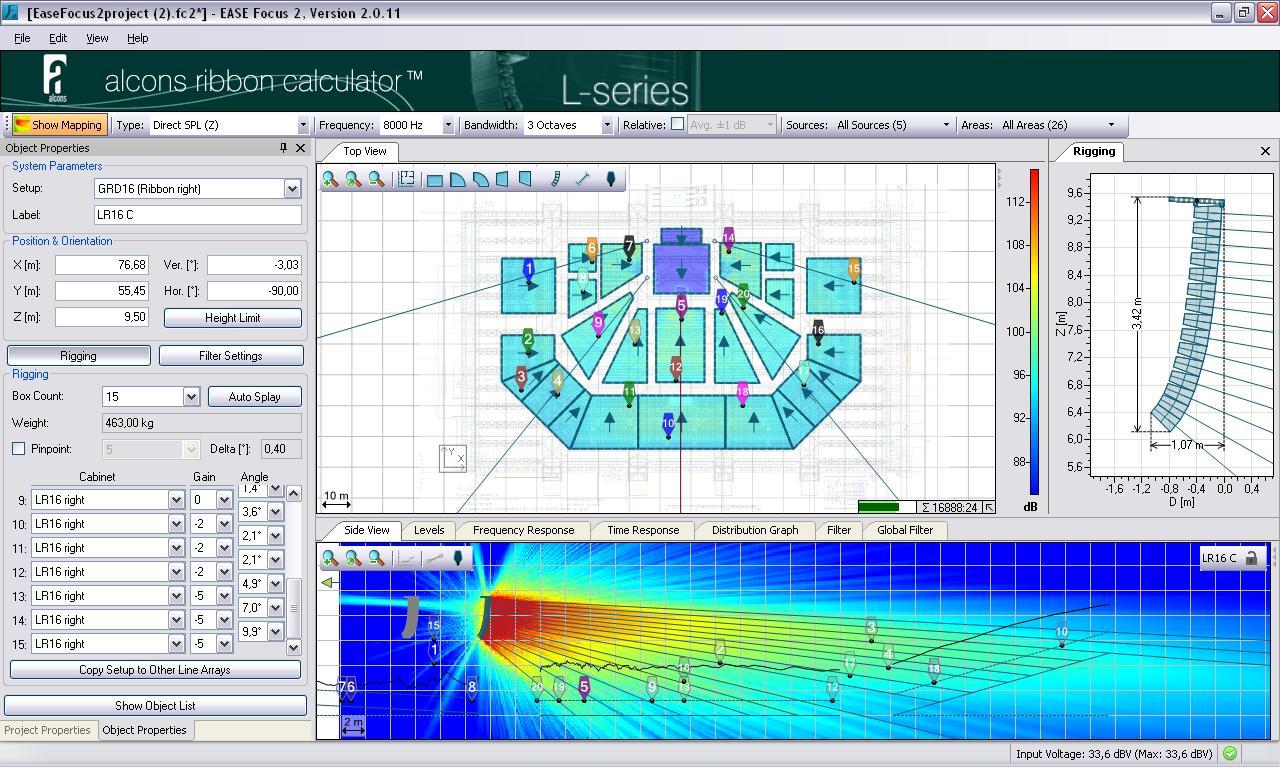Ease Acoustic Software Crack Downloads 4,0/5 4581 votes The EASE software suite provides system designers and consultants with an invaluable set of tools for all aspects of professional practice, from detailed, realistic. Over 30 years of research and development have led to what today is the world´s industry standard for simulation of electro-acoustic systems and room acoustics: EASE. Worldwide, over 3'000 acousticians, consultants, specifying engineers, installation companies and other professionals rely on EASE for their everyday work by now.
Mechanical stress creates electrical potentials on the walls of the sample. Electrical voltage is a measurable quantity for such effects and generally this is created by redistribution of electric charges, piezoelectric phenomena and by friction during crack walls sliding. There are two sources of acoustic emission events: tensile and shearing processes. Acoustic emission events appear either when new cracks are generated or by shearing process in existing cracks.We suppose, that electric charge redistribution is a main effect, which is manifested in our experiments. Electric charge redistribution is related to time dependent electric dipole moment and then electromagnetic field must be generated. Measured voltage has two components, DC and AC given by crack walls vibration and mechanical parameters of measured sample. High frequency component is of the order form 1 to 6 MHz and give information on crack length. We estimate the length of the crack of the order of 1 mm. Sensitivity of the value of electrical potential on crack orientation with respect to parallel plate capacitor can be used to study orientation of sample's layers.

Low frequency component below 500 kHz give information on mechanical vibration spectrum and this component is correlated to acoustic emission signals. For our samples, this frequency was of the order of 100 kHz. The second time constant, which is given by parameters of mechanical vibrations and electrical conductivity is dependent on humidity.
Mechanical stress creates electrical potentials on the walls of the sample. Electrical voltage is a measurable quantity for such effects and generally this is created by redistribution of electric charges, piezoelectric phenomena and by friction during crack walls sliding. There are two sources of acoustic emission events: tensile and shearing processes. Acoustic emission events appear either when new cracks are generated or by shearing process in existing cracks.We suppose, that electric charge redistribution is a main effect, which is manifested in our experiments. Electric charge redistribution is related to time dependent electric dipole moment and then electromagnetic field must be generated. Measured voltage has two components, DC and AC given by crack walls vibration and mechanical parameters of measured sample. High frequency component is of the order form 1 to 6 MHz and give information on crack length. We estimate the length of the crack of the order of 1 mm. Sensitivity of the value of electrical potential on crack orientation with respect to parallel plate capacitor can be used to study orientation of sample's layers.
Ease Acoustic Software

Ease Acoustic Software Crack Works For Pc
Low frequency component below 500 kHz give information on mechanical vibration spectrum and this component is correlated to acoustic emission signals. For our samples, this frequency was of the order of 100 kHz. The second time constant, which is given by parameters of mechanical vibrations and electrical conductivity is dependent on humidity.